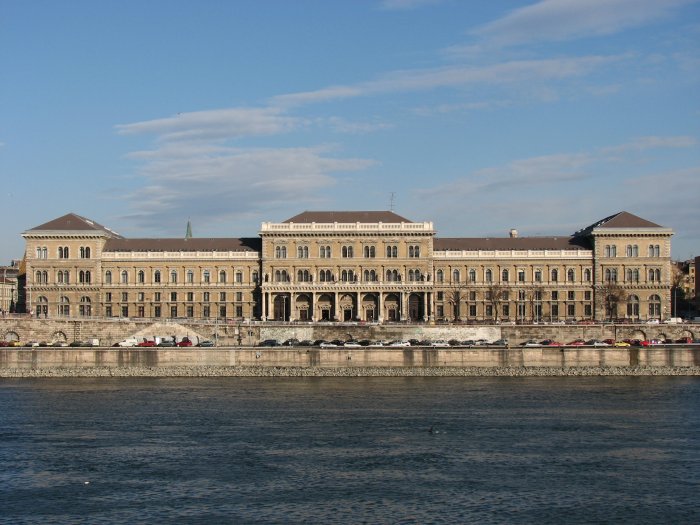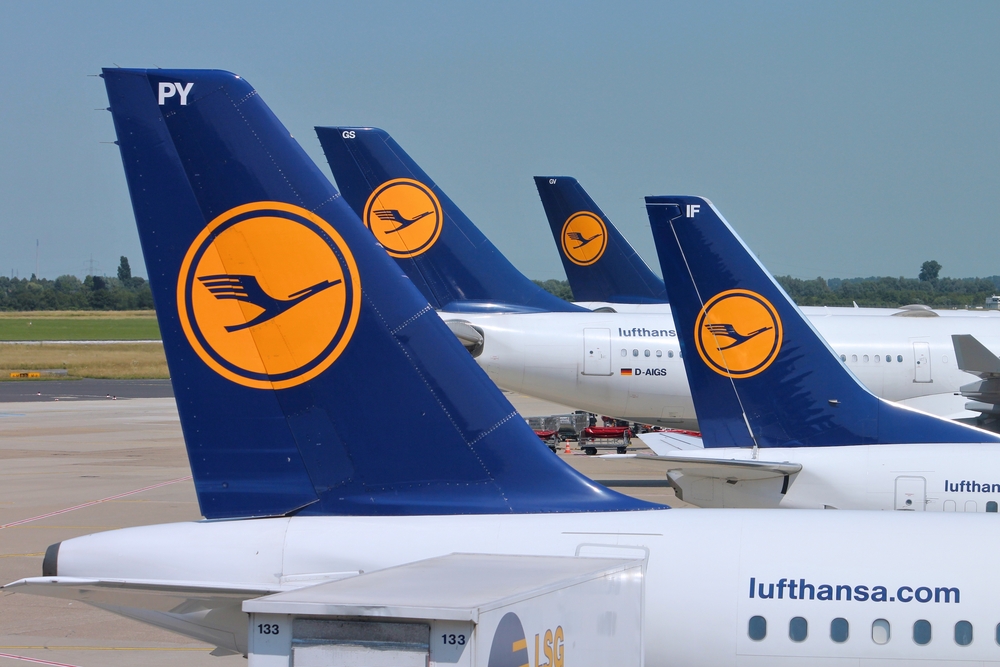EUR 167 mln spent by Budapest Airport on development projects in the last 2 years

Photo by Budapest Airport
During the past two years, operator Budapest Airport implemented EUR 167 million worth of investments at Ferenc Liszt International Airport, according to a press release sent to the Budapest Business Journal.
The operator spent EUR 74 mln on developments in 2020 alone, focusing on projects which were easier to implement during the period of low traffic brought about by the coronavirus pandemic.
At the end of 2019, Budapest Airport handed over the air cargo handling facility called the BUD Cargo City, with the first dedicated cargo flight taking off from here in January 2020. As a result, the airport’s air cargo handling capacity increased to 250,000 tons per year; preparations for the second phase of the investment, which cost EUR 50 mln so far, will begin this year.
Just a few months after completing Pier B, Budapest Airport commenced the construction of Pier 1, adjoining Terminal 2A. The execution was finalized in record time; the new building section, a EUR 33 mln investment, increases the capacity of Terminal 2A by several thousand square meters while also ensuring that passengers can wait in convenience. Pier 1 is connected to Terminal 2A with an air-conditioned corridor, equipped with escalators and elevators. The pier is able to accommodate up to 5,000 passengers at a time, with 2,500 seats ensuring that they can wait for their flights in comfort.
At the end of September 2020, the airport completed the construction of the external baggage sorting hall and the related baggage system. Thanks to the new facility, the capacity of the entire baggage handling system has increased by 50%, whereby bags travel over a total of 2.8 kilometers from the check-in counters, through the screening system to the sorting hall.
The two-lane roundabout leading to Terminal 2 was also completed in 2020.
In addition, Budapest Airport handed over two new passenger security screening lanes last June, increasing the number of screening lanes available in the terminals to 18 in total, significantly reducing waiting time. The new lanes are equipped with an automated system enabling the introduction of the most advanced method of screening cabin baggage, called remote screening.
During the past years, bathroom capacity at the airport was increased by 70%; there are now 28 restroom blocks available at the terminals. The operator also installed 11 new drinking fountains, taking environmental considerations into account, by reducing the number of plastic bottles purchased.
The airport operator also used the period of low traffic to refurbish the curbside in front of the terminals, Premium Parking, and the walkway between the car parks and the terminal. The floor tiles in the check-in hall of Terminal 2A have been replaced. The multilingual information signs facilitating orientation have been renewed and the elevators at Terminal 2A have been replaced.
Digital developments
The operator also carried out a series of digital developments recently. Passengers can now view flight information on super-wide and ultra-sharp 4K resolution passenger information panels, which also display the walking distance to the gates or the estimated waiting time at passenger security screening, for example. An important step forward that is not so apparent to passengers was the replacement of the virtual flight information system, which is provided from 2020 with the latest software currently available, the press release notes.
In the second half of 2019, Budapest Airport and the National Police Command installed a total of 12 automated passport control gates in the terminals, and automated boarding gates were also implemented at Terminal 2A. Thanks to the advancing trends of automation, 16 bag tag printer kiosks are now available in the check-in hall of Terminal 2B, which make it possible for passengers to perform baggage check-in on their own, when flying with airlines who have joined the system.
In addition to the new lanes, the process of passenger security screening has also been accelerated by a more advanced screening system; larger electronic devices can now remain inside hand baggage.
Background developments
The runways at the airport undergo regular maintenance every year. The water drainage system of runway II, the pavement markings and the asphalt shoulder of the adjoining taxiway Y were renovated in the fall of 2020, with navigation and lighting systems also modernized. In December, Budapest Airport handed over the refurbished taxiway U, which was completed in an environmentally friendly manner, recycling the old concrete structure.
The heating center of the airport was also modernized; by applying heat insulation to more than 2,500 fittings providing heating for office, warehouse, and hangar buildings, the airport saves 170,000 cubic meters of natural gas and 340 tons of carbon dioxide emissions a year.
Budapest Airport also supports the reduction of environmental impacts by developing e-mobility and encouraging the use of electric vehicles; 76 ground handling vehicles as well as 10 fleet and manager cars were recently replaced with electric or hybrid models upon the operator’s initiative, saving 140,000 liters of fuel and 350 tons of carbon dioxide a year in total. Budapest Airport has installed 42 electric vehicle chargers so far, and, in addition to improving public transport, it is constructing a bicycle road to the terminal. The operator says that it also fully supports the establishment of the railway connection between the city center and Terminal 2.
The coronavirus pandemic also necessitated some new features in 2020; Budapest Airport has installed Plexiglas screens between passengers and staff, wherever this was feasible, has placed hand sanitizer dispensers throughout the building, and increased the number of automatic baggage drop-off kiosks. A coronavirus test center opened on the arrivals level of Terminal 2B in December, offering both PCR and rapid antigen tests.
Rolf Schnitzler, the CEO of Budapest Airport highlighted in connection with the developments, "We have been named the best airport in the region seven times in seven years, and we can further strengthen our position in the region and in Europe with our developments. Additionally, we must also comply with the new challenges brought for airports by the coronavirus pandemic. A calculable journey and safety will be even more important in aviation going forward; our task is to provide these for our passengers under all circumstances."
SUPPORT THE BUDAPEST BUSINESS JOURNAL
Producing journalism that is worthy of the name is a costly business. For 27 years, the publishers, editors and reporters of the Budapest Business Journal have striven to bring you business news that works, information that you can trust, that is factual, accurate and presented without fear or favor.
Newspaper organizations across the globe have struggled to find a business model that allows them to continue to excel, without compromising their ability to perform. Most recently, some have experimented with the idea of involving their most important stakeholders, their readers.
We would like to offer that same opportunity to our readers. We would like to invite you to help us deliver the quality business journalism you require. Hit our Support the BBJ button and you can choose the how much and how often you send us your contributions.







